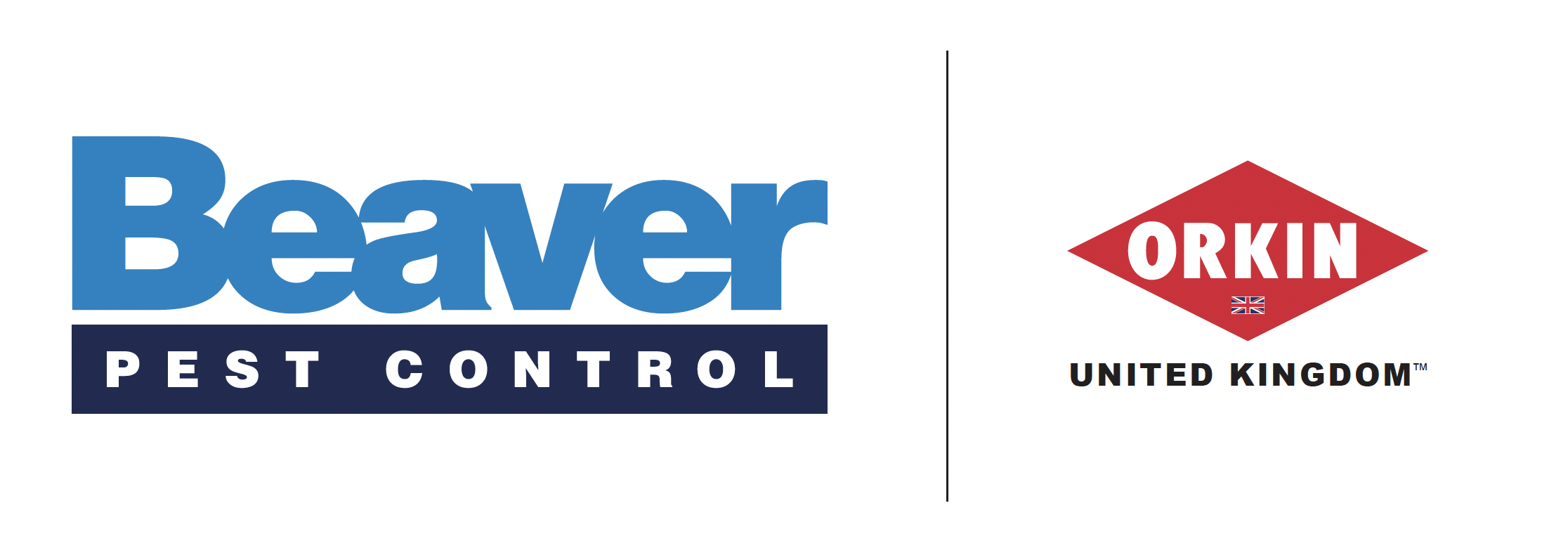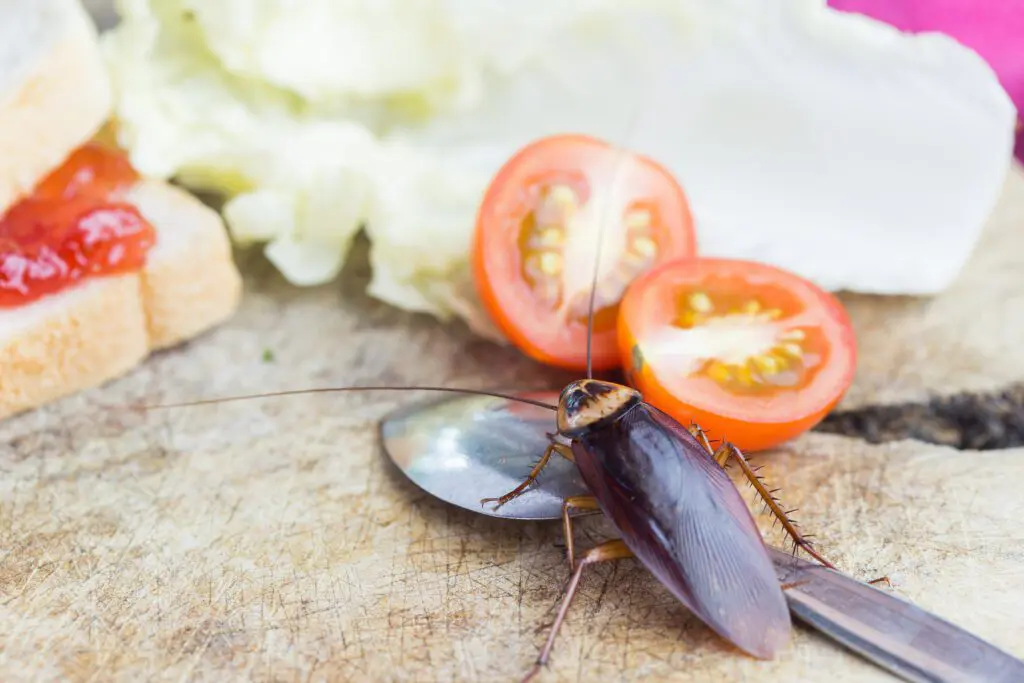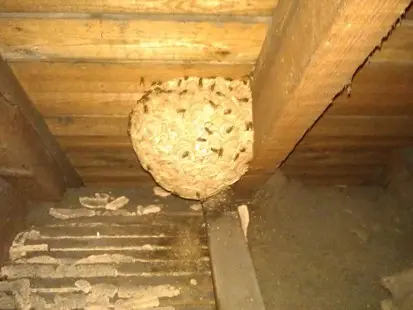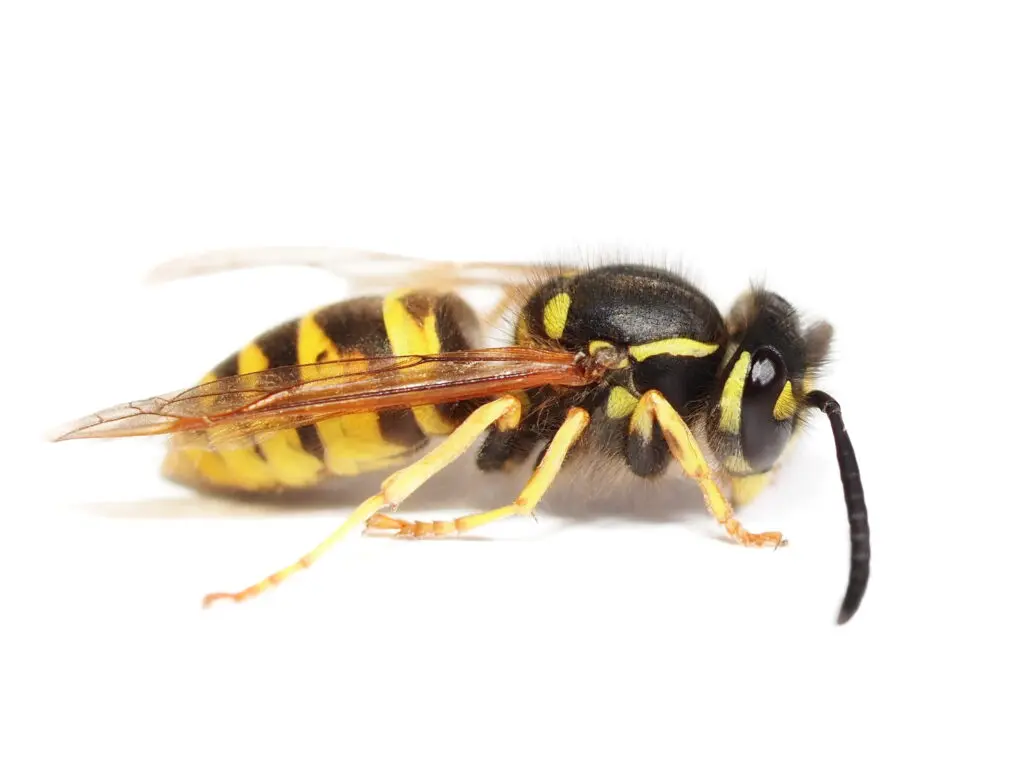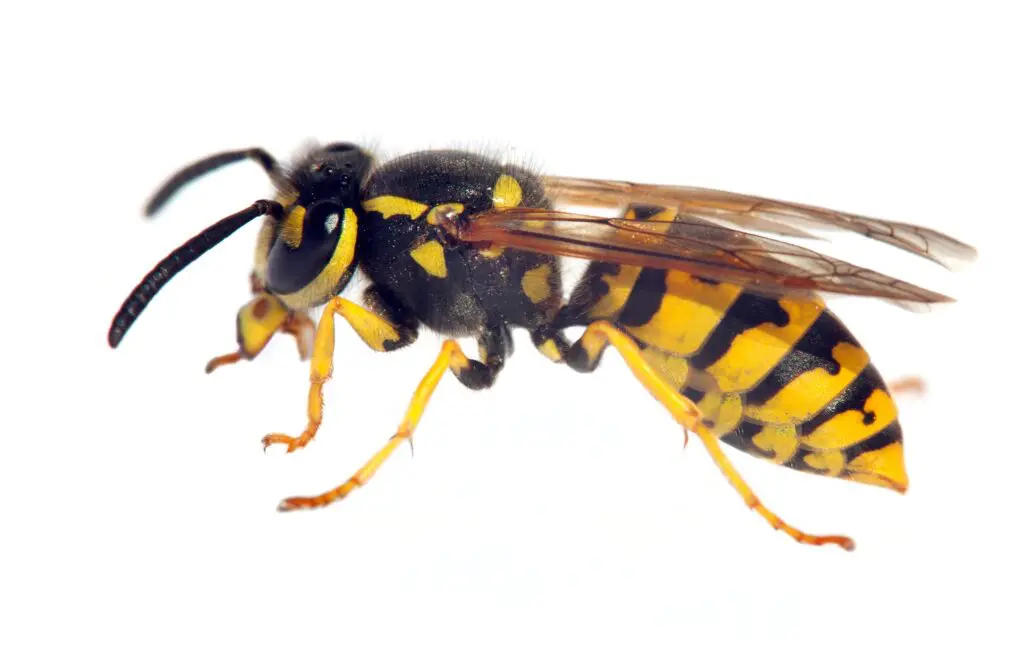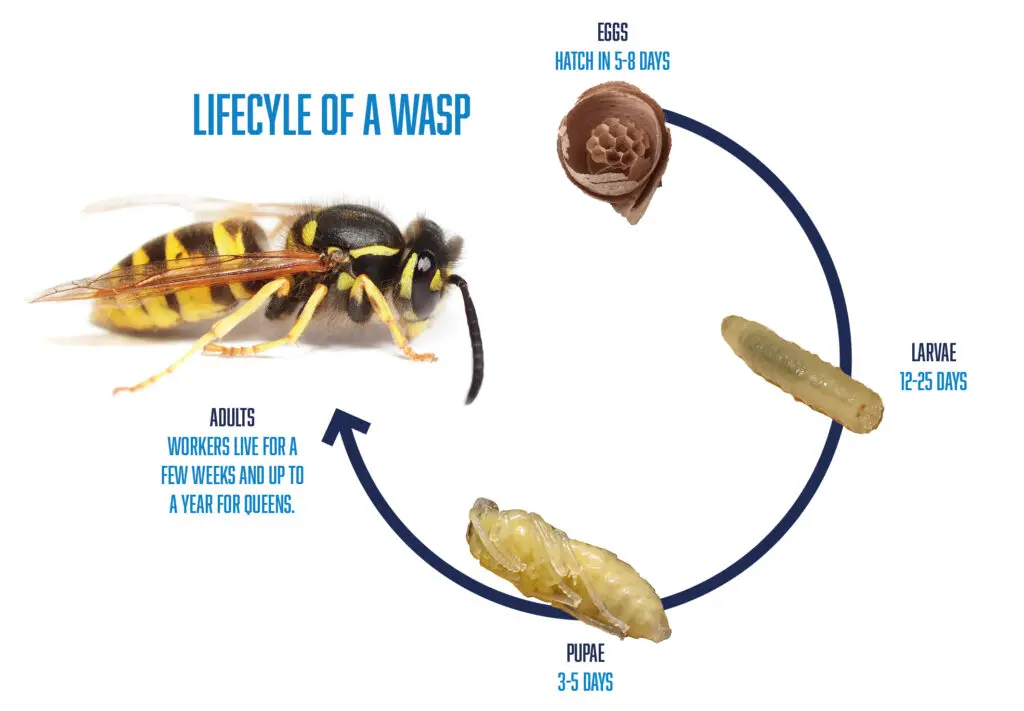Understanding Cockroaches: A Comprehensive Guide for the UK
Cockroaches are among the most resilient and common pests found globally, including in the UK. With their ability to adapt and thrive in various environments, these insects can be a significant problem for homes and businesses. This guide aims to provide you with all the information you need about cockroaches, including types found in the UK, their habits, and effective methods for cockroach control.
Types of Cockroaches in the UK
In the UK, two primary species of cockroaches are prevalent: the German cockroach and the Oriental cockroach. Understanding the differences between these species can help in effectively dealing with an infestation.
German Cockroach
The German cockroach is light brown with two dark parallel stripes running from the head to the base of the wings. They are small, about 1.1 to 1.6 cm in length, and are known for their rapid reproduction rate. German cockroaches prefer warm, humid environments and are commonly found in kitchens and bathrooms.
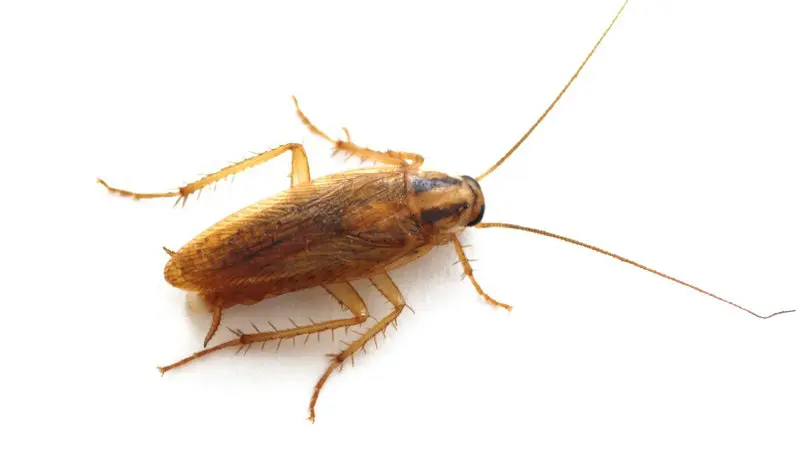
Oriental Cockroach
Oriental cockroaches are larger, measuring between 2 to 3 cm, and have a shiny black or dark brown appearance. They prefer cooler, damp areas and are often found in basements, drains, and other moist environments.
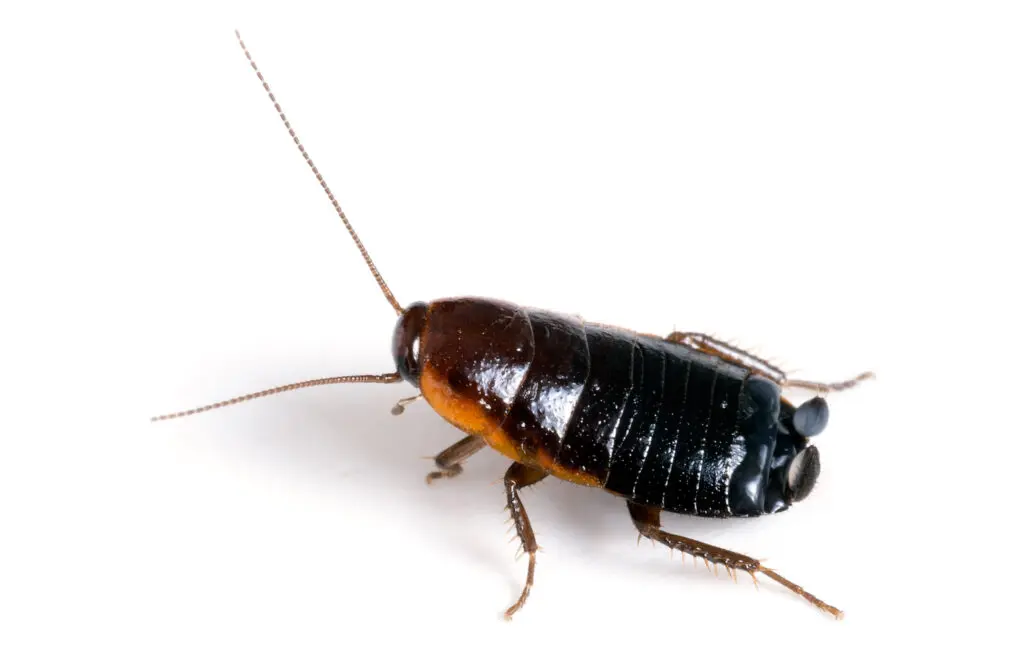
Common Questions About Cockroaches
Can Cockroaches Fly?
While most cockroaches have wings, not all are adept at flying. The German cockroach, for instance, rarely flies and prefers to scuttle across surfaces. Some species, like the American cockroach, have stronger flying capabilities, but this is less common in the UK.
Do Cockroaches Bite?
Cockroach bites are rare, but they can occur in cases of severe infestation when food is scarce. Typically, cockroaches are more likely to scavenge for food scraps and are not aggressive towards humans.
Effective Cockroach Control Methods
How to Get Rid of Cockroaches
- Identify and Seal Entry Points: Cockroaches can enter through small cracks and crevices. Sealing these entry points can prevent them from gaining access to your home.
- Maintain Cleanliness: Regular cleaning, especially in the kitchen and bathroom, can reduce food sources for cockroaches.
- Professional Pest Control Services: For severe infestations, professional pest control services are recommended. They have the expertise and tools to effectively eliminate cockroaches and prevent future infestations.
Cockroach Prevention Tips
- Keep Food Sealed: Store food in airtight containers and avoid leaving food out overnight.
- Regular Rubbish Disposal: Dispose of rubbish regularly and ensure bins are sealed tightly.
- Fix Leaks: Repair any leaking pipes or faucets to reduce moisture levels, making the environment less attractive to cockroaches.
- Declutter: Reduce clutter in your home to eliminate hiding spots for cockroaches.
Cockroaches in the UK: What You Need to Know
Cockroaches in the UK can pose health risks as they can contaminate food and surfaces with bacteria, leading to food poisoning and other illnesses. Recognising the signs of an infestation early and taking prompt action can help in effectively managing these pests.
At Beaver Pest Control, we offer comprehensive pest control services tailored to address cockroach infestations. Our experienced team uses safe and effective methods to ensure your home or business remains cockroach-free.
For more information on how we can help, contact Beaver Pest Control today and take the first step towards a pest-free environment.
